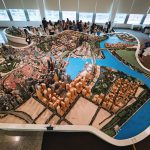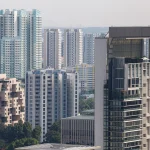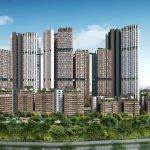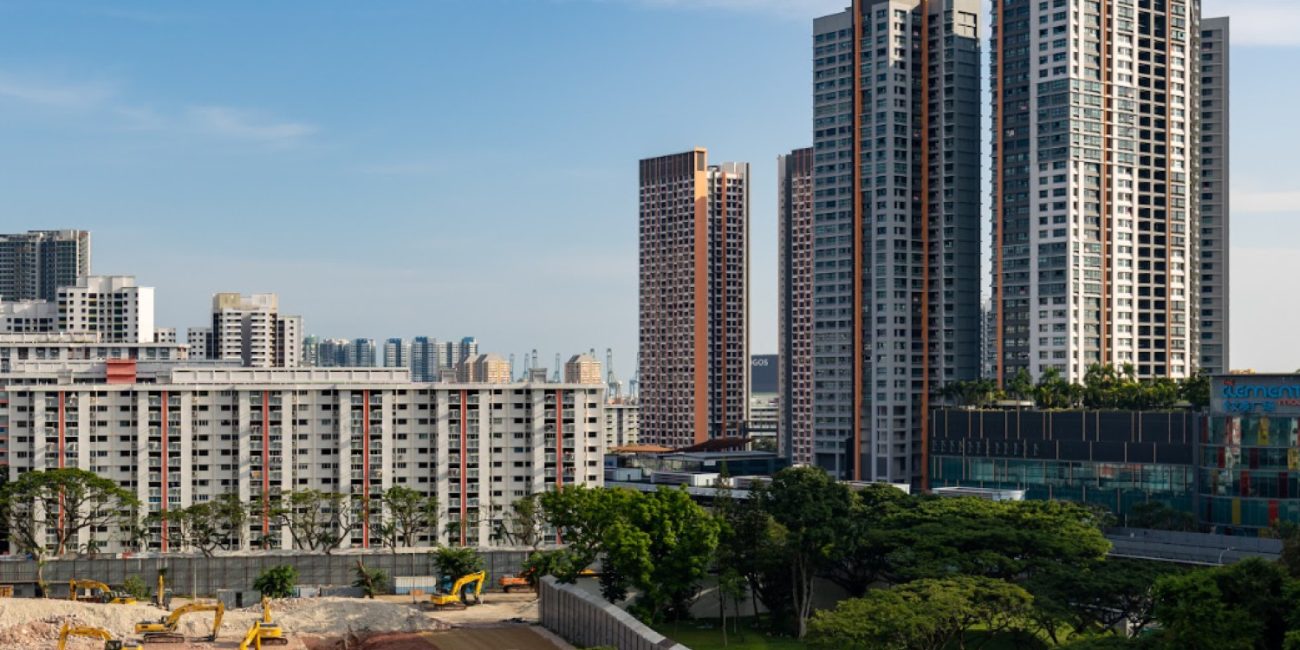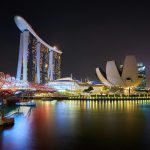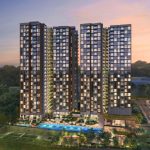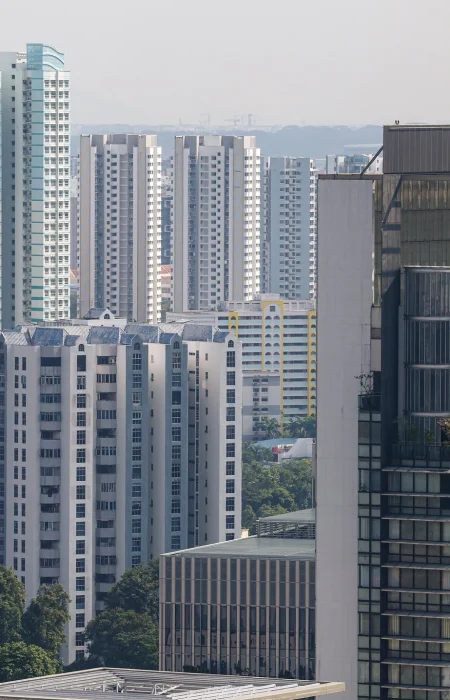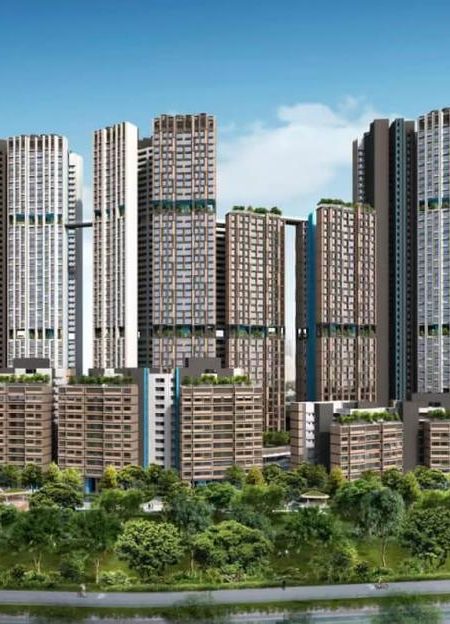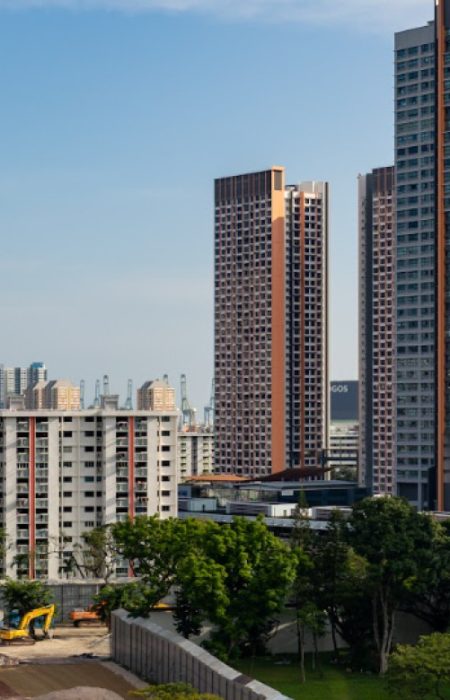1. Introduction: A Market of Adjustment and Opportunity
The Singapore HDB flats market in October 2025 reflects a balanced phase of adjustment after two years of robust growth. Following record-breaking resale prices in 2023 and 2024, the market is now stabilizing as cooling measures and increased BTO launches begin to take effect.
Buyers are becoming more cautious but remain optimistic about long-term value. Meanwhile, the government continues to enhance public housing accessibility through new affordability schemes, better location planning, and sustainable designs.
2. HDB Resale Market: Prices Show Healthy Stabilization
In the third quarter of 2025, HDB resale prices recorded a slight dip of around 0.3%, signaling a healthy and sustainable correction. This soft adjustment is a positive sign, indicating that speculative buying is reducing while genuine homeowner demand remains steady.
The median resale price for a 4-room flat in mature estates like Toa Payoh, Queenstown, and Bishan hovers around S$700,000 to S$750,000, while newer towns such as Punggol, Sengkang, and Woodlands continue to offer more affordable options between S$480,000 and S$550,000.
Interestingly, the number of million-dollar resale flats continues to rise, driven by rare unit types (e.g., DBSS and executive maisonettes) in prime locations. These transactions, however, make up less than 1% of total resale volume, reflecting a niche demand segment.
3. BTO Launches: Sustained Demand from First-Time Buyers
The HDB Build-To-Order (BTO) launches remain oversubscribed, especially for projects located near MRT stations, schools, and business hubs. In the August and October 2025 exercises, towns like Tengah, Tampines North, and Kallang-Whampoa received strong application rates across all flat types.
HDB’s plan to launch approximately 19,600 BTO flats in 2025 continues to support first-time buyers who prefer new homes at subsidized rates. Furthermore, HDB is enhancing the design of new flats with smart home features, energy-efficient materials, and community-focused layouts to improve quality of living.
The waiting time for most BTO projects has also been shortened to 3–4 years, compared to the longer 5-year average seen in previous periods affected by construction delays.
4. Housing Grants and Affordability Measures
Affordability continues to be a key government priority. Enhanced housing grants introduced earlier this year have made it easier for young families to secure their first HDB home.
Key highlights include:
- Enhanced CPF Housing Grant (EHG): Up to S$80,000 for eligible first-time buyers.
- Proximity Housing Grant (PHG): Up to S$30,000 for families purchasing flats near their parents.
- Family Grant: Up to S$50,000 for resale flat buyers.
These grants have significantly improved affordability, particularly for households with combined incomes below S$14,000 per month.
5. Demand Drivers: Location, Connectivity, and Lifestyle
Buyers today are increasingly prioritizing location convenience and connectivity when selecting HDB flats. Proximity to transport nodes, parks, and community hubs plays a crucial role in decision-making.
Upcoming infrastructure developments such as the Cross Island Line (CRL) and Jurong Region Line (JRL) have made non-mature estates more attractive due to improved accessibility.
Additionally, HDB towns are evolving into “self-sustaining communities” with integrated amenities like hawker centres, polyclinics, sports complexes, and educational institutions — reducing the need to travel far for daily needs.
6. Sustainability and Smart Living in HDB Estates
Sustainability remains central to HDB’s planning strategy. The Green Towns Programme, which aims to make HDB estates more energy- and resource-efficient by 2030, continues to roll out solar panels, vertical greenery, and energy-saving lighting.
Newer flats come equipped with smart home-ready infrastructure, allowing residents to automate lighting, monitor energy use, and connect to smart devices. This move aligns with Singapore’s broader goal of becoming a Smart Nation while improving urban liveability.
7. Rental Market Trends: Stable Demand and Steady Returns
The HDB rental market has shown stability in October 2025. With an increase in private condo completions, some tenants have shifted back to public housing for affordability.
Average rents for 4-room flats range between S$3,000–S$3,400, while 3-room units rent for about S$2,500–S$2,800, depending on the estate and proximity to transport.
Foreign professionals and students form a large portion of HDB tenants, particularly in centrally located estates such as Queenstown, Kallang, and Ang Mo Kio.
8. Challenges: Rising Costs and Policy Effects
While the market remains stable, some challenges persist. Construction costs have risen due to inflation and global supply chain pressures, pushing developers and contractors to innovate in material sourcing and project management.
Furthermore, cooling measures such as tighter loan-to-value (LTV) limits and additional buyer’s stamp duties (ABSD) have moderated investor activity. These policies aim to maintain long-term affordability and prevent speculative buying.
Despite these challenges, the overall market remains fundamentally strong — supported by a steady job market, prudent governance, and consistent demand for quality housing.
9. Expert Outlook: Steady Growth Ahead
Property analysts predict that HDB resale and BTO prices will remain stable or increase modestly (1–2%) through 2026. This reflects a market that is sustainable and aligned with income growth rather than speculative momentum.
Analysts also highlight the importance of upcoming town developments like Tengah Forest Town and Punggol Digital District, which will bring new lifestyle amenities and economic opportunities, further boosting housing demand in these regions.
10. Conclusion: A Balanced and Sustainable Market
The Singapore HDB flat market in October 2025 stands as a symbol of balance and resilience. Despite minor adjustments, the fundamentals remain strong — supported by a well-managed supply pipeline, government grants, and forward-thinking urban planning.
For buyers, this period presents a window of opportunity to enter the market before prices trend upward again in the coming year. Whether you are a first-time buyer or upgrading your current home, the HDB market offers both stability and long-term value in Singapore’s evolving housing landscape.

